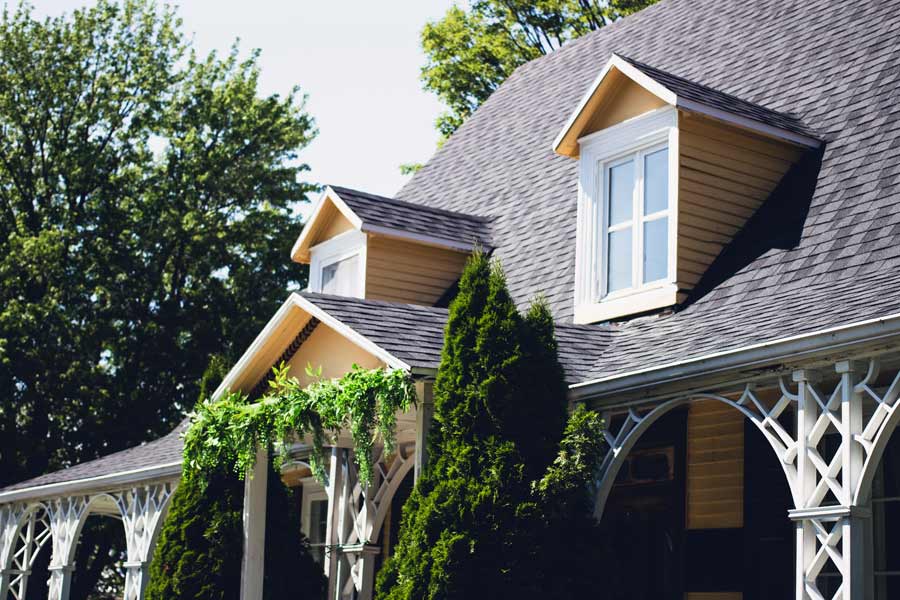
Searching for the perfect house to make into a home can be a process that is both fulfilling and yet occasionally arduous, especially now. Imagine you’ve finally come across the perfect home with original but restored wood floors, a large greenhouse and garden, a guest house, a large wrap-around porch, and actual horse posts for your guests to tie their horses too. You might ask yourself, “how has this property been maintained so well despite being built in the 1880s?” The answer is that the Texas Historical Commission marked it as a historic protected home. This special status comes with a set of standards for anyone making renovations or looking to sell or lease one of their properties. These properties have so much history behind them, and the records kept on them by the association really make them come to life. Oftentimes though, this distinction severely limits what you can do with the property once you own it. We’ll cover some of those limitations and why they’re important below.
What the Policies Aim For
One of the main bulwarks those with an interest in preserving these properties have against the deterioration of these properties is that, if you renovate a property and get rid of its original materials, you void your ability to live there. The actual policies revolve around 4 separate policy goals that the Texas Historical Commission has implemented:
- The first is preservation, or making sure that a property is kept in good and similar condition throughout its use and maintains it’s appearance.
- The next is rehabilitation, a great solution for properties that are no longer functional and need to be changed—as long as those changes are within the scope of their historic look.
- Restoration is adding or removing things in an aim to get back to the original look of the building.
- Recreation is rebuilding missing portions of the building and is best for buildings in disrepair.
What This Means for Property Owners
Generally, you are not allowed to completely renovate or add something on to historic homes that wasn’t already there. For anyone who does renovations, the laws as they stand in the San Marcos area are that only renters can live there, and not the property owners themselves. In San Marcos, the city will also enforce these laws, and generally each municipality will have their own laws. In many cases, the Texas Historic Commission will need to weigh in if any changes to the property are being considered, and they will be the ones that provide the plaques outside the home.. Federal and state laws exist in the form of tax credits. But federal laws applies to things such as Native American graves, and limiting the damage that the Federal government does with it’s projects on historic properties or natural resources, such as the National Historic Preservation Act..
Why This Protection Matters
The example listed above with the horse posts was from a real property. Since the home was completed in 1888, at that point in time America was still 22 years away from even 10% of the nation owning a car. The very first car had made its debut a mere 2 years prior and had not seen any kind of mass adoption yet. World War One wouldn’t happen for another 30 years. Texas had only been a state for 40 years. All that history behind the property really adds to the appeal. Limiting though the Texas Historical Commission’s restrictions might be, they go a long way towards preserving this history.
https://www.thedamrongroup.com/what-you-should-know-before-buying-historic-protected-homes/?utm_source=rss&utm_medium=rss&utm_campaign=what-you-should-know-before-buying-historic-protected-homes
No comments:
Post a Comment